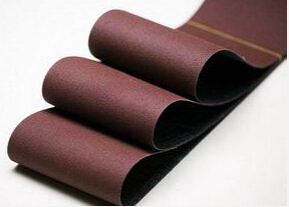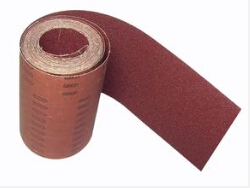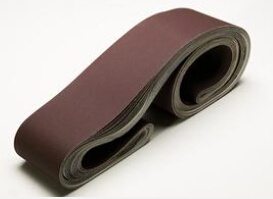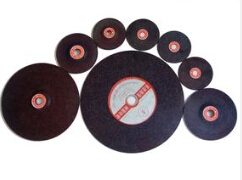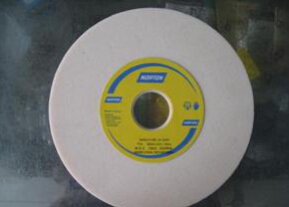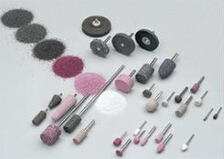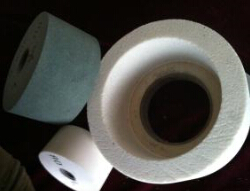Features of Resin Bonded Abrasive Tools
Zhongsen Editor 2020-06-10 1. High bonding strength
The bonding strength of resin binder is higher than that of the ceramic binder. It can be used at higher speeds, which can withstand large grinding pressures, and is safe to operate. It is widely used in the rough grinding process of steel, automotive bearings, chemical machinery, construction and other industries.
2. Certain elasticity
Resin is a polymer compound with certain toughness and elastic deformation, which can buffer the grinding pressure, so the grinding effect is good, and it has a good polishing effect, which can improve the surface processing quality of the workpiece.
3. Wide range of applications
With the emergence of new resins, resin grinding tools of various strengths and properties can be made, which can be used for grinding, rough grinding, cutting, semi-finishing, fine grinding, polishing and others.
4. Abrasives that can be made into a variety of special shapes
The resin binder has a low curing temperature and a small shrinkage, and can be made into various complicated shapes and can meet special requirements,such as a round grinding wheel, high-speed cutting piece of mesh cloth.
5. heat resistance, uneasy to burn
The resin binder has low heat resistance and is easily charred by heat during the grinding process, which promotes the blunt abrasion of the abrasive grains, reveals new sharp abrasive grains, reduces the heat of the grinding area, and avoids burns of the workpiece; therefore, it is suitable for surface grinding, etc.
6. Short production cycle
The resin grinding machine has a short production cycle, simple equipment investment, fast capital turnover and high production efficiency, which is beneficial to professional production.
7. Poor chemical stability
Generally, the resin abrasive has poor alkali resistance and water resistance and cannot be stored for a long time. In the case of alkaline substances, the resin structure degrades, affecting the strength and hardness of the abrasive.

